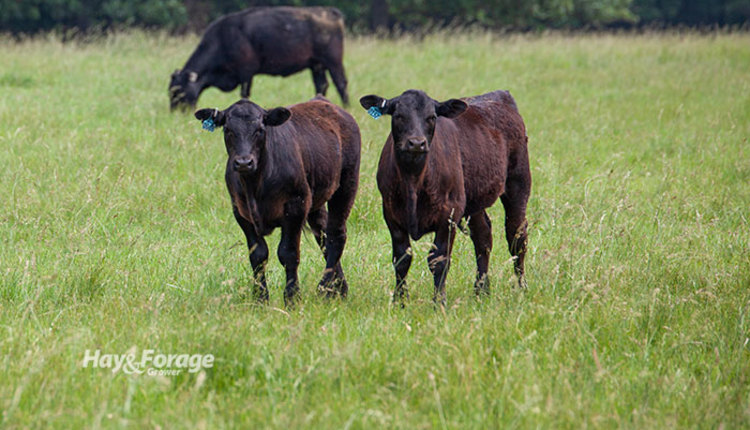Deadline for PRF insurance is approaching |
| By Mike Rankin, Managing Editor |
|
|
 In an era where dry weather seems to be the new normal, the Pasture, Rangeland, and Forage (PRF) insurance program is gaining interest and participation. The deadline to purchase PRF insurance for 2023 is December 1, 2022, but premiums are not billed until September 23, 2023. PRF is an area- or grid-based subsidized insurance product for perennial forages used for grazing or hay. It’s based on a rainfall index. Because it is a single-peril insurance product, producers receive an indemnity payment when observed precipitation for a producer’s area falls below a chosen coverage level based on a historic rainfall index. Jennifer Ifft, an agricultural policy extension specialist with Kansas State University, lists these 10 key facts that producers should know about PRF insurance. 1. PRF makes an automatic payment (indemnity) for hay or grazing acreage when local rainfall (precipitation) falls below the historic average. 2. Producers can select different triggers for payments, or coverage levels. The maximum is 90% and pays whenever rainfall drops below 90% of the historic average. The minimum coverage level is 70%. 3. Higher coverage levels pay out more often and cost more. Lower coverage levels pay out less often and cost less. 4. Payments are triggered by rainfall/precipitation in your local area based on USDA-defined grids (approximately 17 by 13 miles). There is a risk of not getting an indemnity when you experience low rainfall or receiving an indemnity when you have adequate or high rainfall. 5. The Federal government pays for part of the crop insurance premium, from 59% of the premium cost at the lowest coverage level of 70% to 51% of the premium cost at the highest coverage level of 90%. 6. While the federal government cost share or premium subsidy percentage declines as coverage levels go up, the dollar amount or total dollar value of the premium subsidy typically increases as coverage levels rise. 7. In the long run, producers should receive more money in indemnities than they pay in premiums; this is due to the premium subsidy. However, there is no guarantee of this and several years can pass without any indemnities. 8. Producers must select at least two and at most six intervals per year. Intervals are two adjacent months — for example, June and July. 9. Summer months or summer intervals correspond to when producers typically face forage production risk. 10. Summer intervals have lower premiums and expected indemnities. Winter intervals have higher premiums and expected indemnities. |
